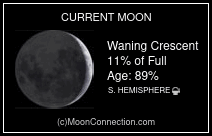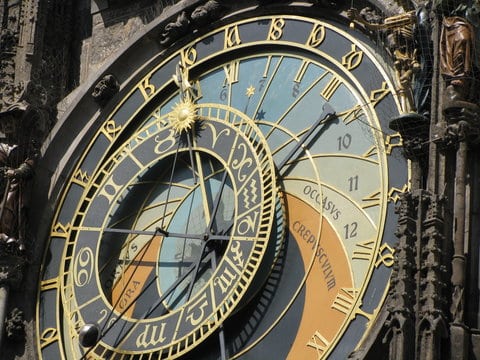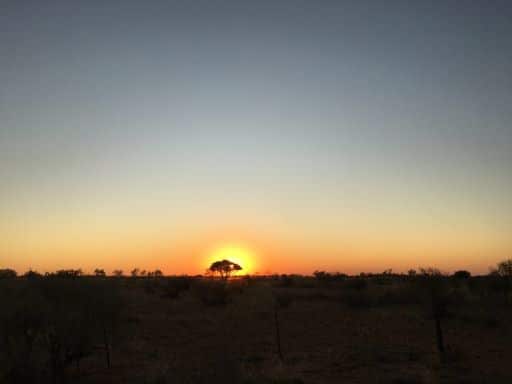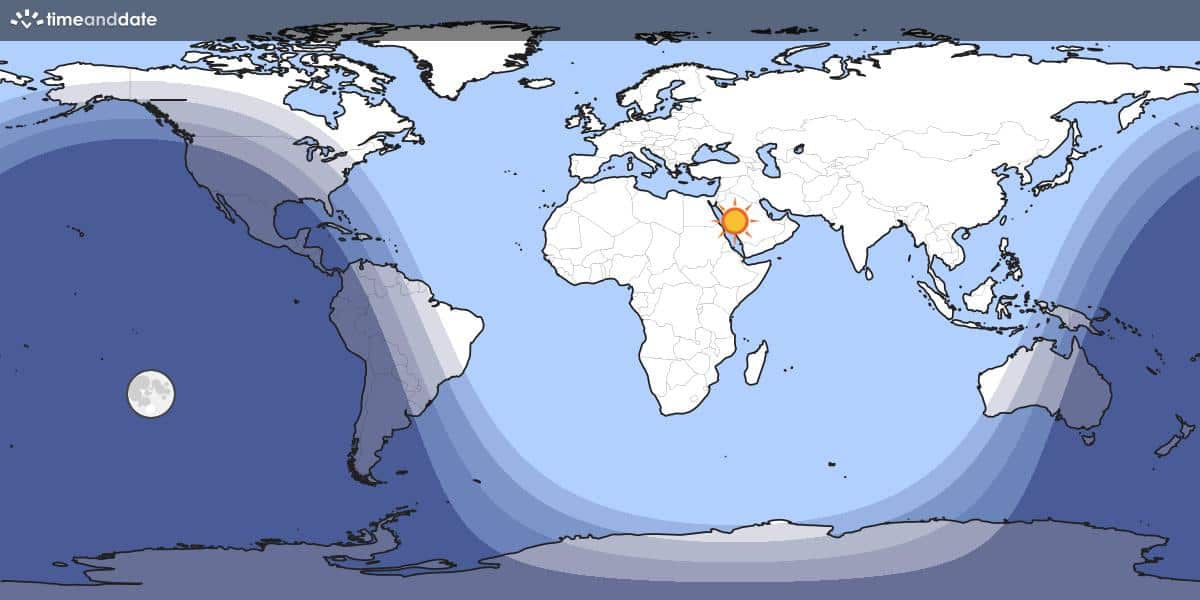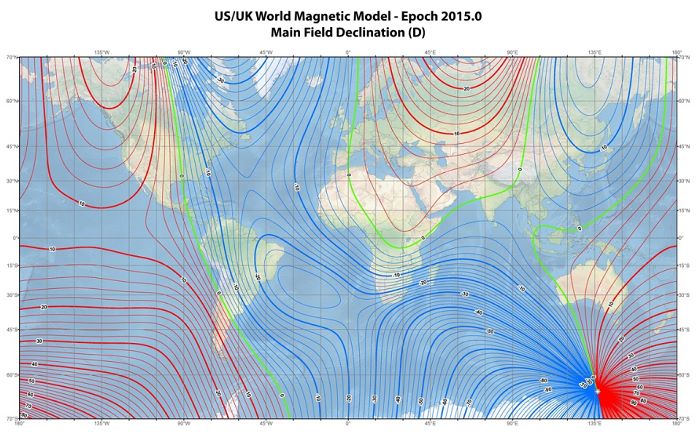Northeast – Chart 2
Steve Gottlieb’s Observations
NGC 2162 = ESO 086-047 = S-L 814
06 00 30 -63 43 18; Dor
V = 12.4; Size 2.1′
30″ (10/13/15 – OzSky): at 394x; fairly bright, very large, round, contains a relatively large brighter core, mottled. A couple of very faint stars were fairly easily resolved and several more popped in and out with averted vision. Located 4′ W of mag 8.5 HD 41515. Three additional mag 11.5-12 stars, forming a distinctive group, extend south-southwest from the bright star. This LMC globular is located in the northeast outer halo of the LMC, well outside the main outline.
Notes: John Herschel discovered NGC 2162 = h3010 on 30 Nov 1834 and recorded “vF; pL; R; very gradually little brighter middle; 80″.” On a second sweep he noted “F; R; gradually little brighter middle; 40″; a *9 mag follows in parallel, and 3 more 11 mag near.” In 1926, Robert Innes described it as a “preceding a bright star, nebula, 1′ diam, 11 mag, with several stars involved, the brightest of which is in the centre.” (26-inch refractor, Union Observatory).
ESO 121-003 = KMHK 1591
06 02 02 -60 31 20; Pic
V = 14.0; Size 2′
25″ (4/6/19 – OzSky): at 244x; very faint, large, diffuse glow, low surface brightness. Fades out slowly around the edges, so it was difficult to estimate a size, but appeared close to 2′ in diameter. Slightly irregular or patchy appearance, though there was no noticeable core region. This unusual LMC cluster lies in Pictor, 6′ ESE of mag 6.9 HD 41451, and 10° from the center of the LMC! The bright star detracted from the view in my 13mm Ethos. I called over Andrew Murrell to take a look (being an exotic object) and we discussed the visual appearance.
Notes: A 2006 paper by Mackey, Payne and Gilmore found that ESO 121-SC03 has an age in the range 8.3-9.8 Gyr, depending on the age assumed for 47 Tuc, confirming ESO 121-SC03 as the only known cluster to lie squarely within the LMC age gap from classical globulars and populous clusters (KMHK 1592, the second such object, was confirmed at ~8 Gyr in 2022).
NGC 2178 = ESO 086-053 = PGC 18322
06 02 47.6 -63 45 50; Pic
V = 12.6; Size 1.1’x1.0′; Surf Br = 12.7
30″ (10/13/15 – OzSky): at 394x; fairly bright, moderately large, slightly elongated WSW-ENE, 50″x40″, contains a very small bright core and stellar nucleus. A mag 15.3 star is close west-northwest [33″ from center]. Located 2.7′ WSW of mag 8.5 HD 41904. The LMC open cluster NGC 2162 lies 15′ WNW.
ESO 086-056, located 8.8′ NE, appeared moderately bright and large, elongated 5:2 WNW-ESE, 1.0’x0.4′, broad concentration, the brighter core bulges slightly at the center.
Notes: John Herschel discovered NGC 2178 = h3019 on 31 Jan 1835 and logged “eF, vS, r, 10″.” His position is 35″ south of ESO 086-053 = PGC 18322. In 1926, Robert Innes described it as a “much brighter in the middle, 12th mag, 15″ diameter, preceding a bright star.” (26-inch refractor, Union Observatory).
ESO 086-056 = AM 0603-634 = PGC 18359
06 03 58.9 -63 41 59; Pic
V = 13.4; Size 1.3’x0.5′; Surf Br = 12.8; PA = 164°
30″ (10/13/15 – OzSky): at 394x; moderately bright and large, elongated 5:2 WNW-ESE, 1.0’x0.4′, broad concentration, the brighter core bulges slightly at the center. Located 9′ NE of the LMC cluster NGC 2178 and 6′ NE of mag 8.5 HD 41904.
NGC 2205 = ESO 086-063 = PGC 18551
06 10 33.0 -62 32 19; Pic
V = 12.7; Size 1.3’x0.9′; Surf Br = 12.8; PA = 80°
14″ (4/7/16 – Coonabarabran, 178x): fairly faint, fairly small, slightly elongated E-W, 25″x20″. A mag 11.7 star is 3.3′ NNE and a similar star is 5′ SSE. A group of stars (mag 10.6 and fainter) is ~10′ W. Located 33′ SE of a mag 5.0 HD 42540 in the NE halo of the LMC (the LMC cluster S-L 842 is 30′ SW). Observation made in hazy conditions (thin clouds and/or smoke).
Notes: John Herschel discovered NGC 2205 = h3034 on 9 Dec 1836 and noted “pretty faint, round, bright middle, 20″.” There is nothing at Herschel’s position, but Eric Lindsay comments in his 1964 paper “Some NGC objects in the Large Magellanic Cloud” (IAJ, 6, 286-289), this is “Probably the galaxy 3/4 minute West.” In 1926, Robert Innes described it as a “nebula, BM, 20”, 12 mag, between 2 faint stars, which may account for the note “spindle”.” (26-inch refractor, Union Observatory).



